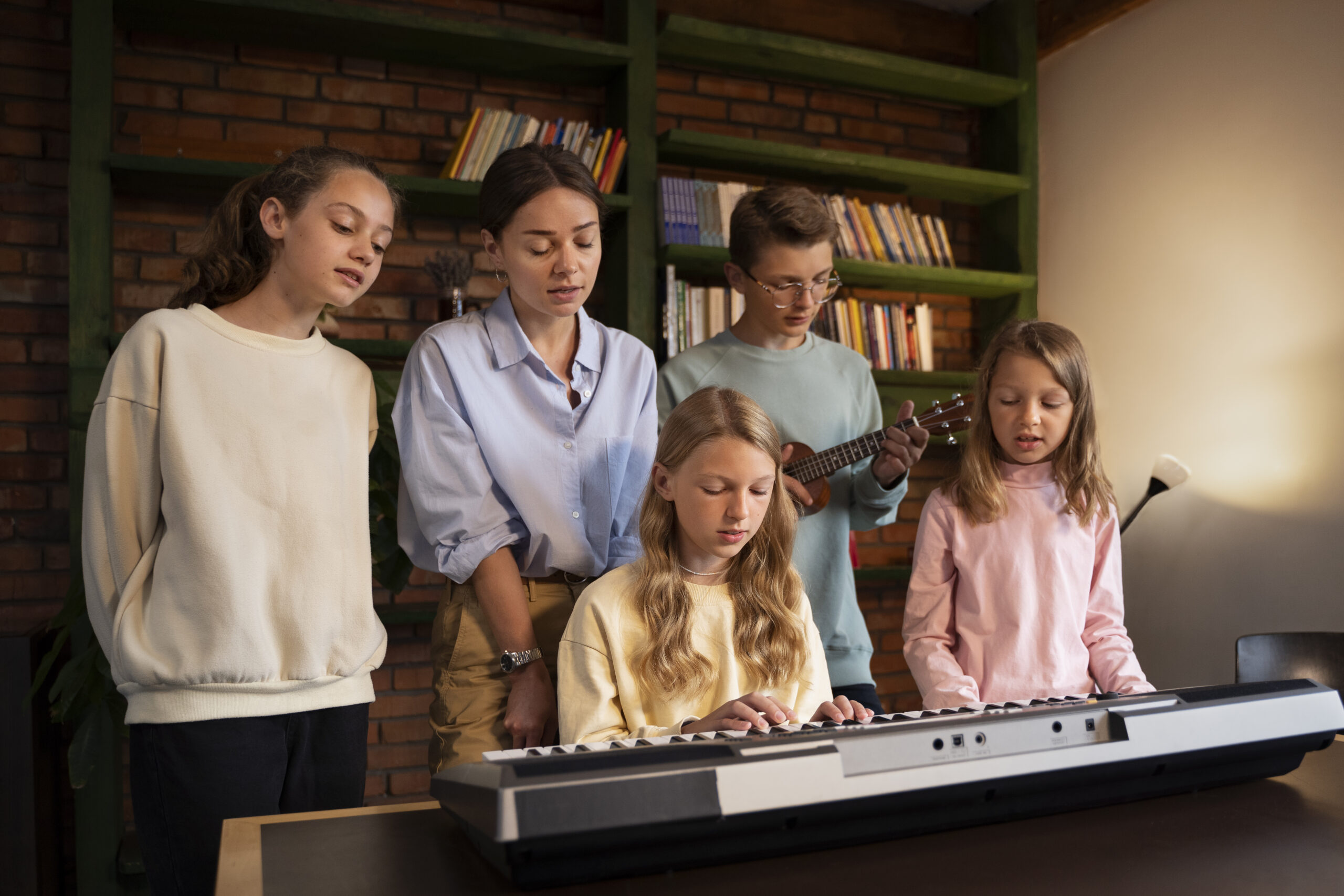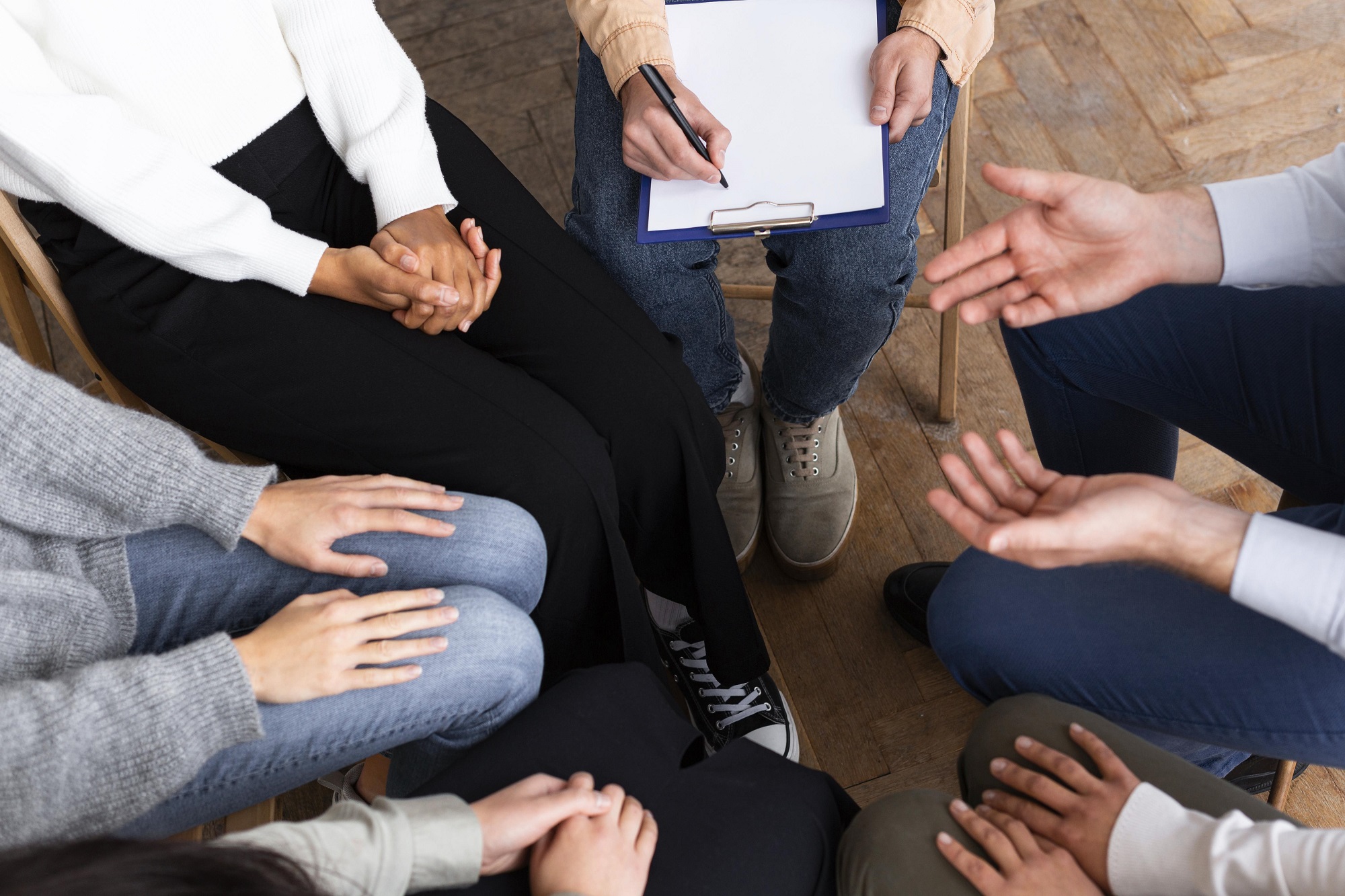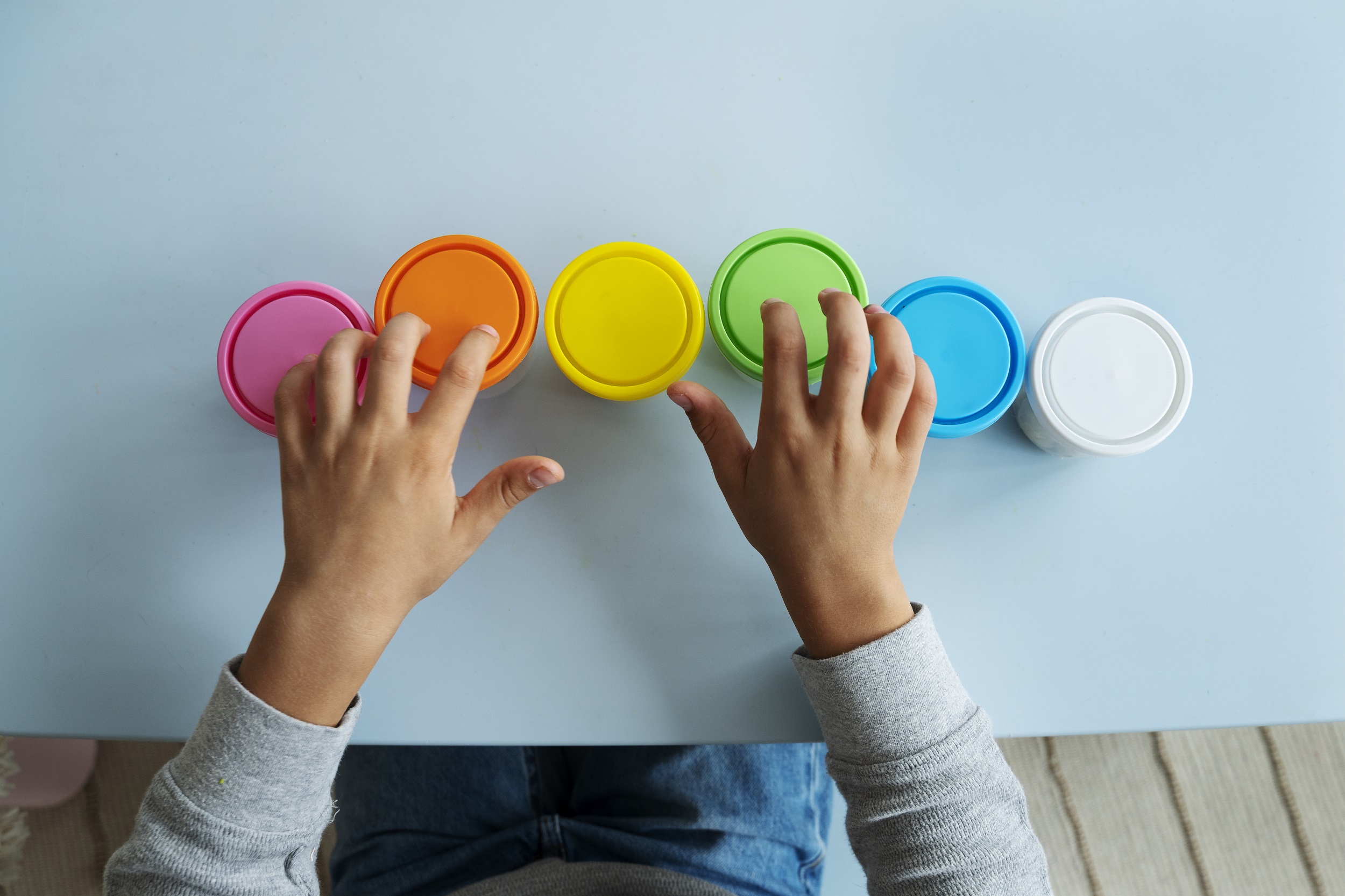by immusic | Nov 28, 2022
Category
rhythmic
Age
8+
Number of participants
5-30
Duration
approx. 10 min.
Working method
group work
Musical abilities of the trainers
1 2 3 4 5 6
Equipment and instruments
- optional: any type of instrument
Competences
- movement coordination
- attention
- cooperation
- concentration
- sense of rhythm
Coordination Game
A very simple, yet tricky movement coordination game in which keeping rhythm is important.
AIM
The game develops movement coordination with a very simple tool, but at the same time it also focuses on keeping the rhythm, and also improving concentration.
Description
The participants stand up, alternately clapping and stamping during the game.
First we start with ten claps – then ten stamps (with alternating legs).
This is followed by 9 claps – 9 stamps…, etc. up to 1 clap – 1 stamp.
Here, however, the game does not end, but turns back!
Then one more clap-stamp up to 10 movements again.
by immusic | Nov 28, 2022
Category
rhythmic
Age
10+
Number of participants
5-30
Duration
approx. 10 min.
Working method
group work
Musical abilities of the trainers
12 3 4 5 6
EQUIPMENT
AND INSTRUMENTS
- optional: any type
of instrument
Competences
- creativity
- improvisation
- attention
- cooperation
- concentration
- rhythm recognition
- sense of rhythm
Check My Beat
A simple game that encourages concentration, keeping the pace, and is based on creativity.
AIM
The goal of the game is to create mutual attention, to promote teamwork and cooperation, while also developing a sense of rhythm and rhythm recognition. Figuring out rhythm formulas develops creativity, and imitation strengthens musical memory.
Description
1. Participants are standing in a circle.
2. The instructor says in a rhythmic way: Here is my rhythm now, check my beat! and claps the steady beat four times.
3. The participants answer together in a rhythmic way, too: We got your rhythm now, here is your beat! and they clap the same.
4. The next person clockwise will be the next one who finds out a new formula and the others will repeat it together and so on.
The formula always contains four quarters, but it can be performed in many ways, e.g. with clicking, with tapping a body part, with la-la. Alternatively, these activities can be mixed.
by immusic | Nov 28, 2022
category
rhythmic
Age
8+
Number of participants
5-30
Duration
approx. 10 min.
Working method
group work
Musical abilities of the trainers
1 2 3 4 5 6
Equipment and instruments
- optional: any type of instrument
Competences
- movement coordination
- attention
- cooperation
- concentration
- rhythm recognition
- sense of rhythm
Rhythm Machine
A rhythm game with which a more complex sound can be achieved.
AIM
This game for developing the sense of rhythm requires a more complex way of thinking by combining simple elements. It depends on the creativity of the participants to achieve a complex sound by layering the rhythms.
Description
This activity is similar to the game called Give me rhythms.
Participants are sitting in a circle. One person starts the Rhythm Machine by doing a simple rhythm that repeats over and over.
This pattern can be a basic 4/4 quarter note beat.
The person sitting to the left of the starter then adds his/her own rhythm to go along with the rhythms that are already going.
Again, the rhythm has to be repeated and cannot be changed.
After everyone has added a rhythm, the first person stops doing his/her rhythm. The others continue their rhythm, the next round the second person drops out, and so on. It continues until the last person has a rhythm.
Rhythm examples:
Comment for facilitators
Percussion instruments can be used during the games, e.g. drums, percussion eggs, wood maracas, rhythm sticks, bells or castanets.
During the activities be care of the steady beat!
by immusic | Nov 28, 2022
Category
vocal
Age
15+
Number of participants
8-20
Duration
approx. 10 min.
Working method
group work
Musical abilities of the trainers
1 2 3 4 5 6
Equipment and instruments
- optional: any type of instrument
Competences
- attention
- cooperation
- creativity
- open minded
- team cohesion
Follow the Sound
A playful game for following sound effects in spatial orientation.
AIM
The purpose of the game is to play in a fun atmosphere, to strengthen team cohesion, and to develop creativity through the use of sounds.
Description
- The participants should find a pair for themselves from the group.
2. Place the pairs facing each other along a straight line.
3. Have the pairs agree on a unique sound effect, this will help with spatial orientation. It is important that there is no matching sound within the group.
4. Step back to the end of the room, so that one of the couple is on one side of the room and the other is on the other.
5. The task is for one member of the pair to approach the other with closed eyes, but not yet touch her/him. The winner is the one who can get closest to their partner in a given time period. (The duration depends on the size of the space, so it’s worth having a test game first to know the ideal duration.) The sound effect helps in orientation, the goal is to approach their partner in a straight line.
6. After that, let’s change the pairs, and you can even choose a new sound effect.
Level up!
Play the sound effect only three times instead of continuously. It can be made even more difficult by placing the pairs randomly, not along a straight line, but this requires a space of sufficient size to avoid collisions.
by immusic | Nov 28, 2022
Category
rhythmic
Age
8+
Number of participants
1+
Duration
approx. 20 min.
Working method
- individual work
- group work
Musical abilities of the trainers
12 3 4 5 6
Competences
- attention
- dexterity
- movement coordination
- concentration
- sense of rhythm
Cup Game
Versatile game for developing movement coordination and sense of rhythm.
AIM
The aim of the game is to develop musical and coordination skills in a complex way. The choice of songs and the movements of the cup game stimulate creativity.
Description
The first step is to learn the Maori song „Epo i tai tai” so that everyone knows the notes with confidence. This can be done by the leader learning it in advance and the participants learning it from her/him, or by learning the song together with the
recordings.
After that, we practice the elements of the cup game separately, or we practice it with the recording until we know it. If the melody and the cup game go together, then we put the entire task together.
The game can be practiced in a small group or alone.
Level up!
Create unique cup games to a melody selected by you!
Lyrics
Epo i tai tai e
Epo i tai tai e
Epo i tai tai
Epo i tuki tuki
Epo i tuki tuki e
You can find several translations for the text, for now let’s take this
one: We shall not be sad we will only be happy.
COMMENTS FOR FACILITATORS
Among the links, the first is one where there is only rhythm for practicing cup game moves, no melody.








Recent Comments